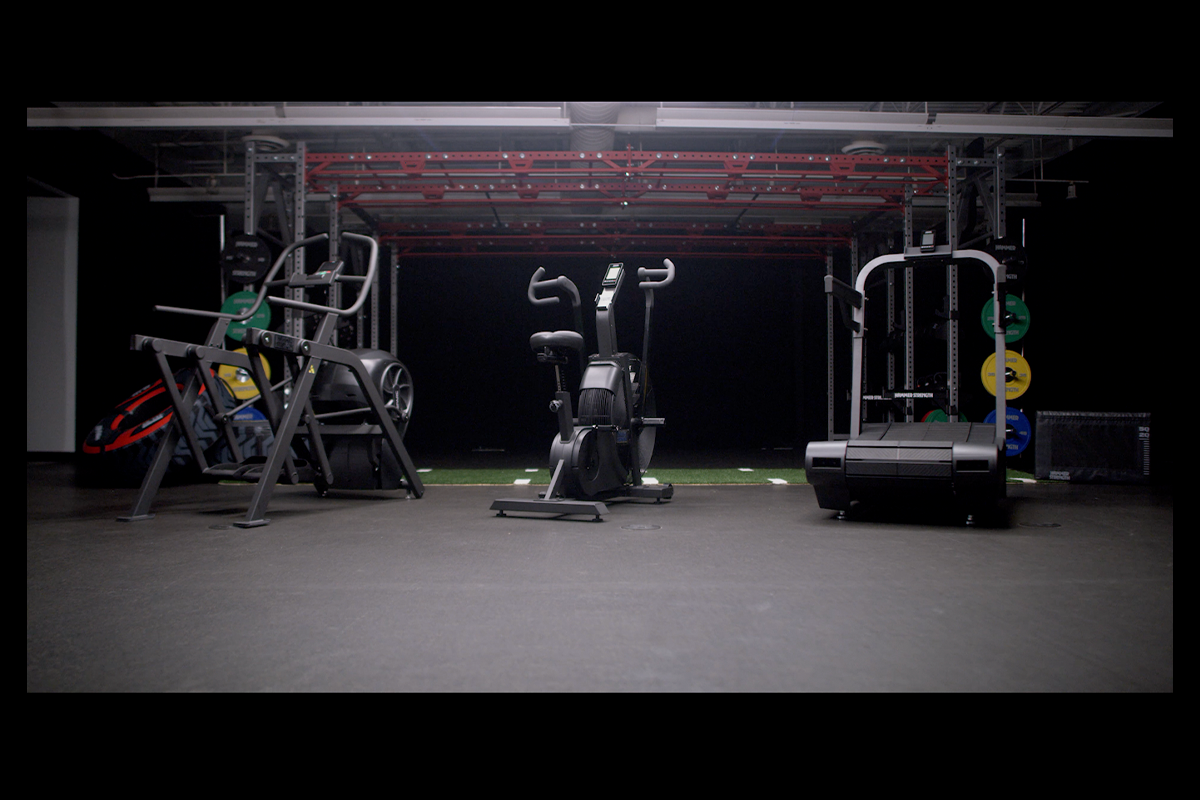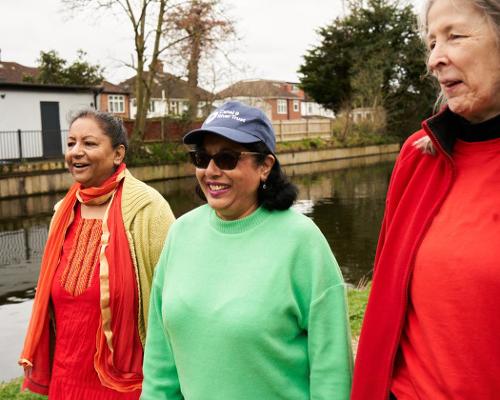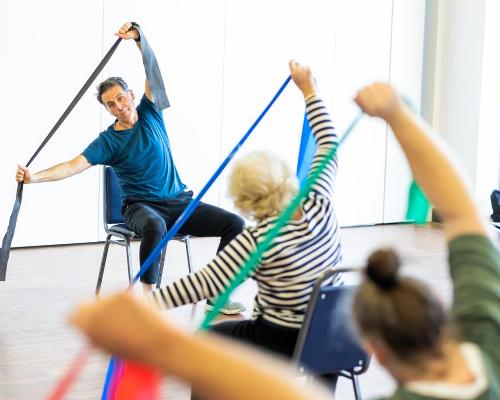Gen Z women are more engaged with physical activity than previous generations, finds Ernst & Young research

According to new research from Ernst & Young, the gap between female and male engagement in sport and physical activity is narrowing, with Gen Z adult female engagement figures on the rise.
The EY Sports Engagement Index surveys more than 4,000 UK adults and uses comparative data to identify engagement levels across a range of sports by measuring the number of adults who are actively participating, attending sporting events or following a sport on TV/online/on social media.
Forty-nine per cent of females in the UK engage with sports and physical activity in some way; with 18- to 24-year-olds being the most engaged at 66 per cent, compared to 79 per cent of males of this age.
For the over 55s, there is a bigger gender gap: 37 per cent of females compared with 66 per cent of males.
Tal Hewitt, sports strategy lead at EY-Parthenon, says Gen Z behaviour is markedly different from other demographics and this interest in sport is likely to continue to build: “Our understanding of Gen Z leads us to believe that it’s possible more of these younger female engagers will remain engaged with sport through their lives," she said. "Over time this is likely to impact not only how sports need to engage with their fan bases, but also which sports will top the leaderboards in terms of popularity.
“Sports organisations must recognise and adapt to the needs of their current and future female audience to avoid being left behind. By nurturing female participation, attendance and followership, they can ensure this vibrant fanbase continues to grow and evolve, retaining engagement throughout women's lives, and ultimately, reshaping the industry for decades to come.”
The figures
In the UK alone, the Index suggests 13 million women follow or participate in sports, and/or attend some form of sports event, compared to 18 million men. Female engagers are also becoming very important contributors to most of the UK’s top 20 sports. For example, they constitute over a third of the engagement base in football and nearly 30 per cent in Rugby Union.
Females show high engagement with endurance and lifestyle sports. Making up 39 per cent of runners; 36 per cent of cyclists; 44 per cent of tennis players and 46 per cent of badminton players, all of which feed into the health and fitness sector.
Women also dominate studio-, spa- and health club-based wellness activities, such as yoga, HIIT classes, dance-based workouts and Pilates (64 per cent) and gymnastics (72 per cent).
The sports resonating less with females are cricket, snooker, Formula E, MMA, American football, boxing and weightlifting.
The report also shows that female engagement correlates with participation and of the top 20 sports for female engagement, 11 are leaders in female participation.
Female participation often focuses on activities with low barriers to entry, such as running, cycling, hiking, wellness, dance and aerobics workouts. These are all accessible, with physical health benefits and many also foster community.
Apart from netball, few traditional team sports rank highly on the female participation charts.
Women’s sports are helping to shift the dial in terms of female engagement figures, but there's still progress to be made. Apart from cycling, gymnastics, badminton and skiing, men currently drive most of the engagement with women’s sporting formats.
Women’s formats for cycling and badminton show the highest gender shift of all the sports considered, as both of them pivot from being male-driven for the male format to female-driven for the female format, making them the sports that are most evolved in terms of women driving the agenda.
The EY Index highlights the importance of mixed-gender formats in driving participation. This is particularly true for tennis and badminton, with 17 per cent of tennis players only engaging in the mixed format of the sport.
Tom Kingsley, sports industry group leader at EY, explains why it is so important for sport and physical activity providers to target women: “If sports work to properly understand female engagers, they can serve, grow, and monetise this engagement base more successfully.
“Sports that successfully engage a female fanbase – such as tennis – give themselves a larger market to target and a better chance of winning when competing for family time, attention and budget. By doing so, they also extend their appeal to a broader range of commercial partners.
“Understanding the opportunities that lie within the female sports engagement population, including the evolution of women’s sporting formats and the new trends being set by Gen Z, will help to plan for future growth and engagement strategies. Ignoring these shifts could mean missing out on substantial segments of the audience that are poised to shape the future of sport.”
Given reports of an enjoyment gap between men and women and consistent findings that women’s participation lags behind men’s, for example, Sport England’s Active Lives Adults Report , and Nuffield’s Healthier Nation Index it’s heartening to see this gap is narrowing. It gives hopes that the change could come from the younger generations: Sport England’s Active Lives Children and Young People’s Report 22-23 revealed the most significant gains in participation levels were made among girls aged 13 to 16.
Like the Index, Active Lives found a flat trend in team sport participation, apart from in basketball and football, which are two sports working hard to be seen as relevant and engage new audiences. Active Lives also found walking, going to the gym and fitness had all increased last year compared to five years ago.

Recreation Assistant (Dry Site)
Cleaning Assistant
Swimming Teacher (Saturdays)
Chief Executive
Exercise Referral Instructor
Epping Forest Keeper (countryside Ranger)
Activity & Wellbeing Leader
Swimming Teacher
Swimming Teacher
Company profile

Featured Supplier

Property & Tenders
Company: Savills
Company: Cotswold Lakes Trust
Company: Knight Frank
Company: Belvoir Castle
Company: London Borough of Bexley




































